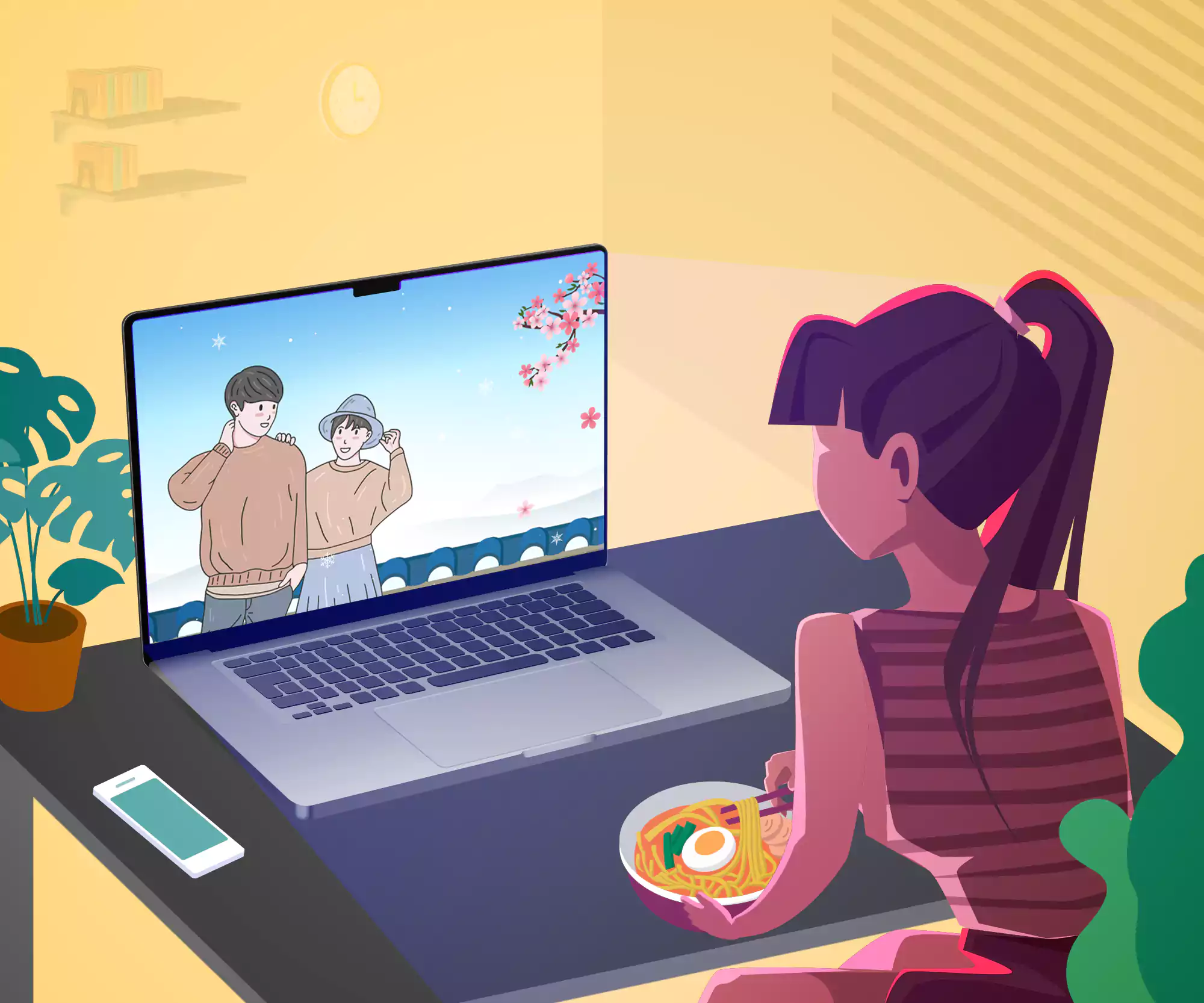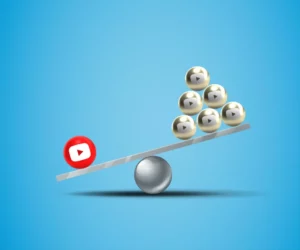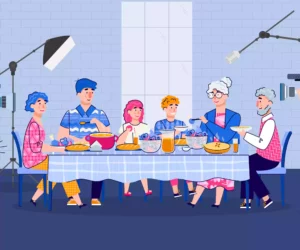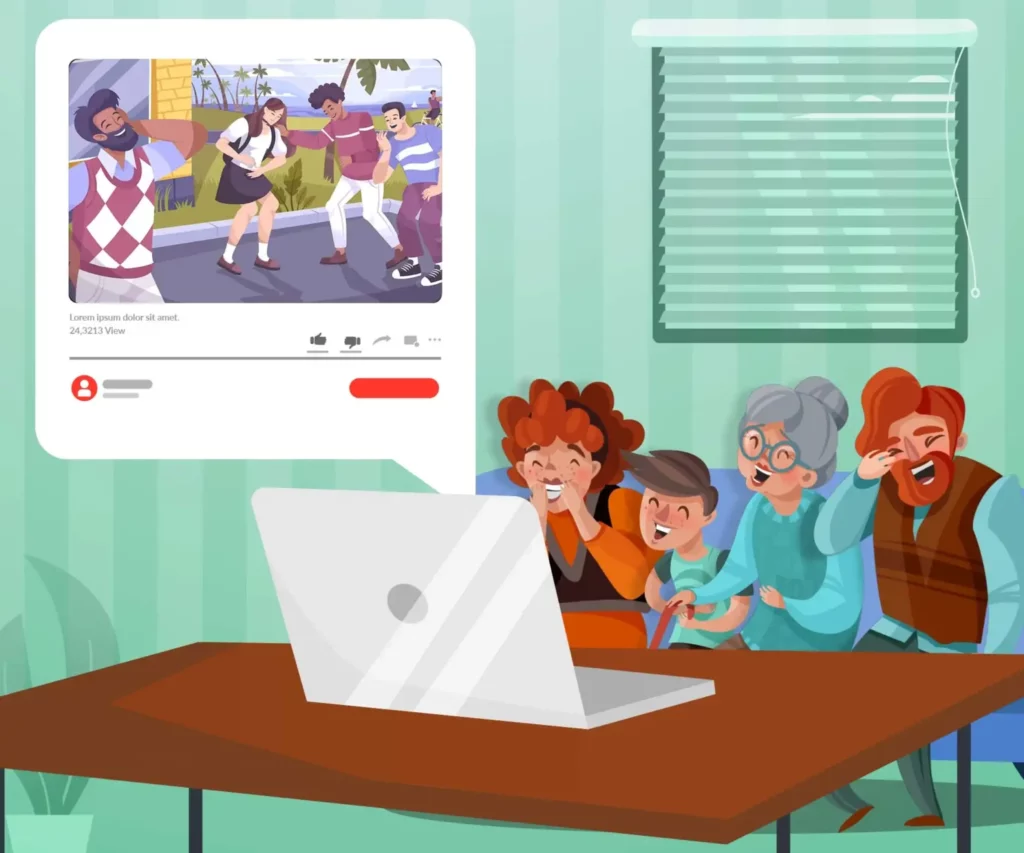
It was March of 2021. I was browsing through Netflix. And there on the trending list was the show that would be my rabbit hole: Vincenzo. It was about a mafia consigliere’s return to Korea to find hidden treasure. So I thought I’d give it a shot and spice up my watch list. By the end of the first episode, I was hooked. Almost every non-Korean who loves K-drama has a similar story—we go in for a crisp and end up binging on the whole bag. So what’s the appeal?
1. The Korean wave
South Korea is exporting culture by the bucket load. The Korean wave has taken over the world; there are very few people who haven’t heard of BTS or Blackpink. By capitalising on their abundance of creativity and good-looking youngsters, the country dominates the world of entertainment (or rather, the entertainment of the world). With many K-pop idols also branching into acting, some dramas have an already-devoted audience. Musicians like Cha Eun-Woo, Choi Si-Won, Ok Taecyeon, Im Yoon-ah, and Rowoon have also proven their mettle as actors.
2. K-drama on Netflix
Netflix got in on the action at the right time. Not only has the streaming app produced popular Korean series like Squid Game and Crash Landing on You, it also has old SBS (Seoul Broadcasting System) dramas in its lineup. Their presence on Netflix means that Korean dramas are now open to entirely new audiences. Their popularity in India and other Asian countries has much to do with similarities in storytelling and cultural values. Additionally, the romance aspect appeals to young audiences worldwide.
3. The tightly-packed K-drama storyline
A critical factor that defines K-drama is that it typically consists of one season with 16-20 episodes. A show runs for 3.5-4 months, with episodes airing weekly. There are no year-long cliffhangers or inconvenient tangents. Unlike American shows, a series with good ratings does not go on to air for 11 seasons until it loses almost all of its audience. However, to keep viewers engaged, K-dramas will sometimes end an episode on a cliffhanger. This plot point occurs later in the sequence of events, so they show the preceding circumstances in the next episode.
4. Beautiful people
Korean actors are unrealistically beautiful. The men are very much in touch with their feminine side, and the women have glistening skin and impossibly tiny waists. Actors like Ji Chang-wook, Kim Soo-hyun, Hyun Bin and Nam Joo-Hyuk, and actresses like Seo Yea-ji, Han Hyo Joo, Bae Suzy and Song Hye Kyo are known for both their beauty and acting chops. There are always multiple references to the actors’ good looks in the drama itself. Just as fictional characters swoon over them, there are tons of fan videos dedicated to a particular actor’s beauty and charm. Of course, K-drama and K-pop contribute to unrealistic beauty standards. These often lead to dangerous diets and plastic surgery trends, but that’s a whole other conversation.
5. Tropes
Filthy rich male leads, quirky female leads, emotionally distant, rich fathers, manipulative mothers, jealous friends—K-dramas love a good character type. While most characters of K-drama these days are more rounded and complex, these entertaining and expected scenarios are part of the charm. However, more recent shows have a good deal of self-reflection regarding these age-old tropes. For example, in one of this year’s most popular series, Business Proposal, the grandfather is an avid fan of soaps. He mocks the wealthy parents’ treatment of the poor heroine in his favourite series. Funnily enough, he winds up doing the same regarding his grandson’s girlfriend. My favourite trope is the incredibly professional hero—that miraculously gifted lawyer or doctor who has never lost a case or a patient. Teacher Kim in Dr Romantic and Kwon Dong-rok in Touch Your Heart are two of the many examples out there.
6. The ‘second lead syndrome’
The best K-drama trope is the love triangle: most often, two men who love the same woman. The second male lead is often an adorable character. The audiences fall head-over-heels for this person, all the while knowing that the main character will get the girl. My favourite has to be Choi Si-won’s character from She was Pretty—he loved her exactly the way she was, you guys! Han Seo-Joon from True Beauty, Ji Seong-hyun from Hometown Cha Cha Cha, and Han Ji-pyeong in Start Up all stole our hearts and left us yearning for their happy ending.
7. The soundtrack
Given the beauty of K-pop, it is no wonder that K-dramas feature great music that swells and falls with the grand emotions and turbulent scenes on-screen. The soulful notes of “Wish” from Hometown Cha Cha Cha always bring a tear to my eye. Because most contemporary Korean music has a few English phrases and hooks, one can walk around the house belting out the familiar words and mumbling along to the rest of the track.
8. All the genres
K-drama caters to an aesthetically diverse audience. The genres include:
- Incredible thrillers with spies and superheroes.
- Fantasy shows with nine-tailed foxes, goblins, grim reapers, aliens, parallel universes, and time travel.
- Medical and courtroom dramas.
- Coming-of-age, workplace, and period romances.
If you like old-school Garry Marshall and Nora Ephron love stories, you’ve come to the right place. The dramas are not as hypersexualised as Western series, which has undoubtedly appealed to international audiences.
9. K-drama’s webtoon inspo
While K-dramas are known to adapt from books and movies, a big trend these days is to adapt from webtoons. Like all adaptations, these come with a discerning fanship, with a specific image of the characters’ appearance (they must match the comic depictions). Adaptations from popular webtoons include shows like Business Proposal, True Beauty, All of Us are Dead, Itaewon Class, and The King’s Affection.
10. The food
Food has never looked so appetising. You can see the steam coming out of ramen and soups on top of tables filled with side dishes. And when the characters eat, they fill their mouths up and slurp the noodles in true mukbang fashion. N Seoul Tower serves as a romantic rendezvous point much like the Empire State Building in Hollywood romcoms, and ramen means the same as coffee when offered after a date.
11. Aesthetics
Besides the aesthetically pleasing people and food, K-dramas often use soft lighting and warm filters unless dealing with sordid material. The cinematography and lighting have improved in recent years, giving us the movie-style shots we find so pleasing. The fashion also does justice to the gorgeous actors donning them. The perfectly tailored suits, the fashionable school uniforms and the well-placed cosmetic brands—all add to the aesthetic appeal. In shows like True Beauty, where cosmetics play a significant role, the female lead uses Colorgram products to transform herself completely. Brand placement is the money-maker on most shows. I realised this halfway into Vincenzo when everyone suddenly seemed addicted to Kopiko (the coffee candy).
From great storytelling to beautiful people, K-dramas spin quite the magic. Do you agree with our reasons? Let us know what you love about your favourite K-dramas.


